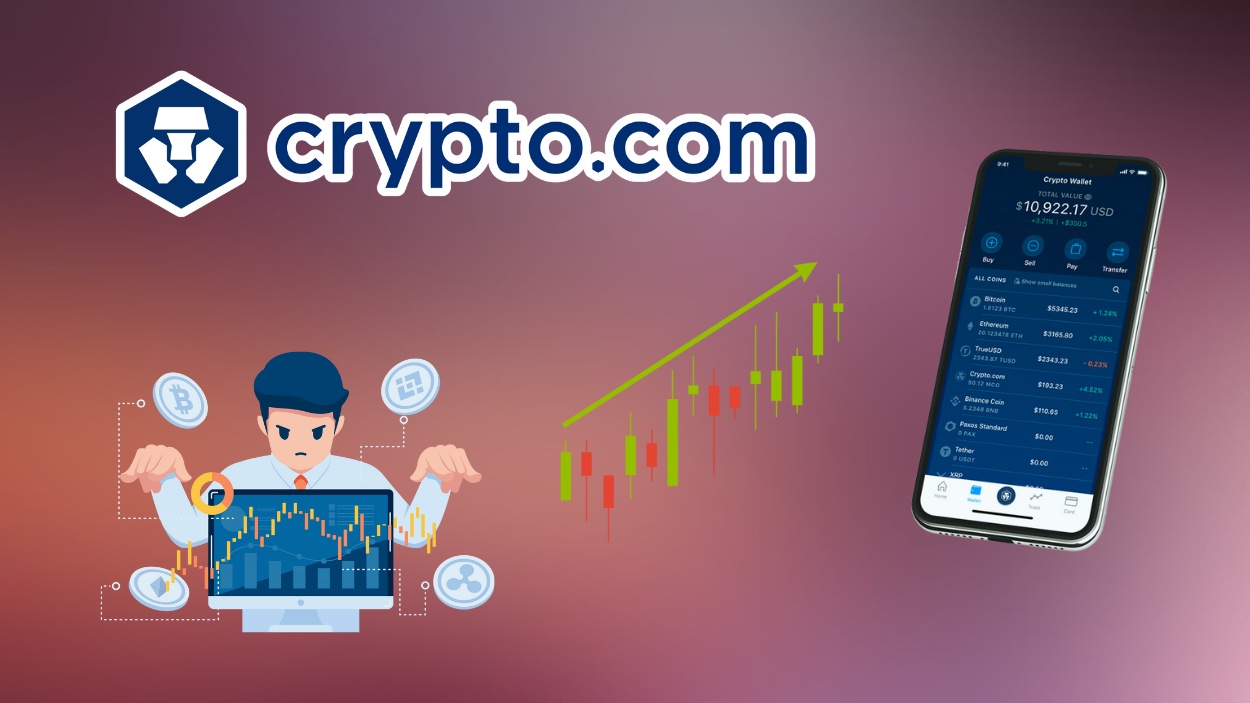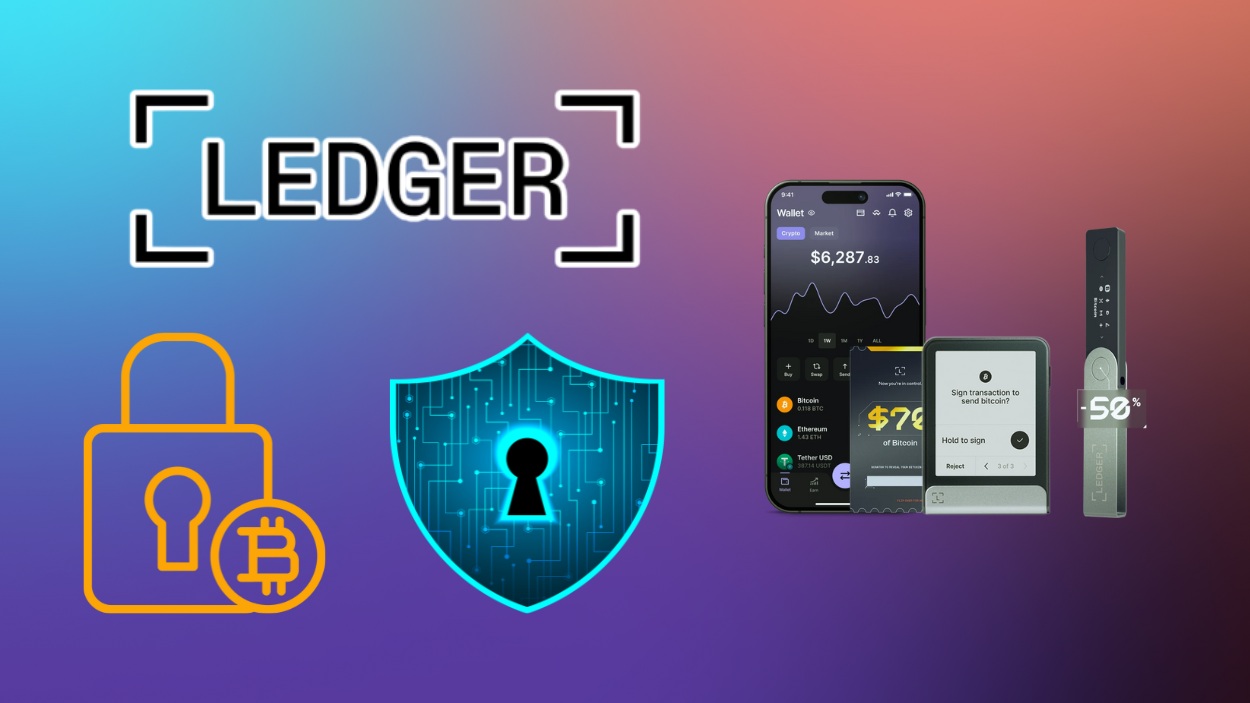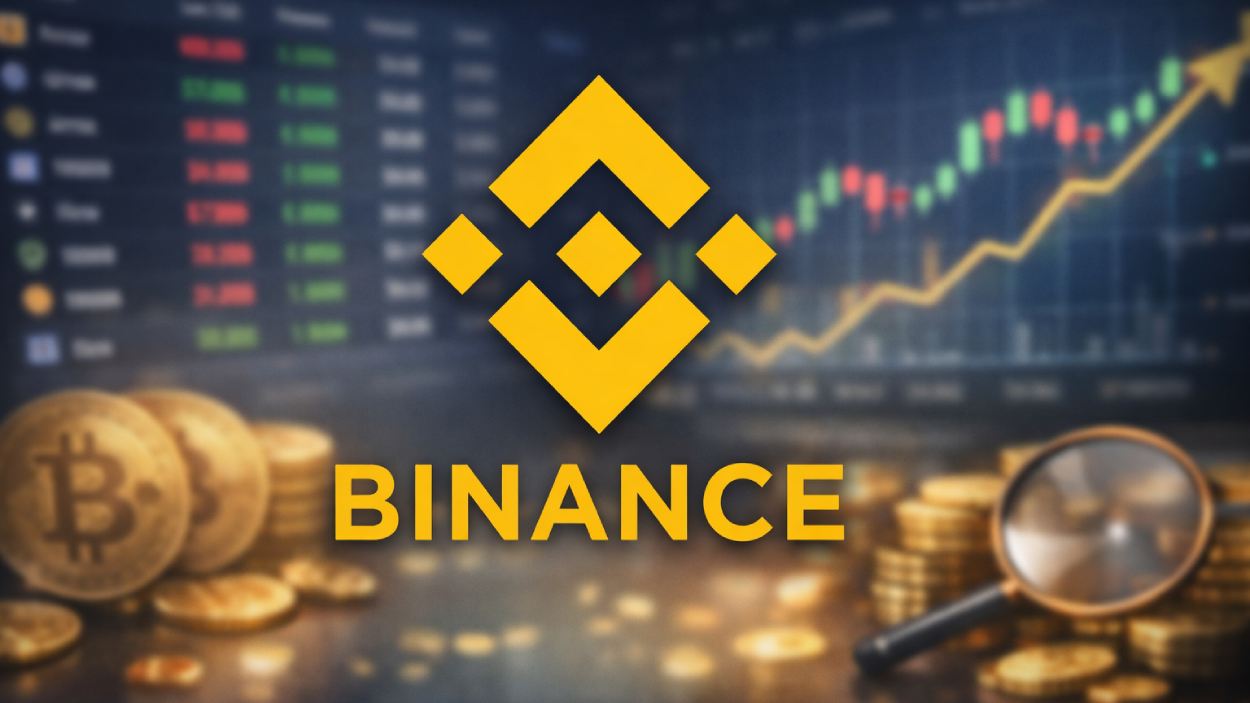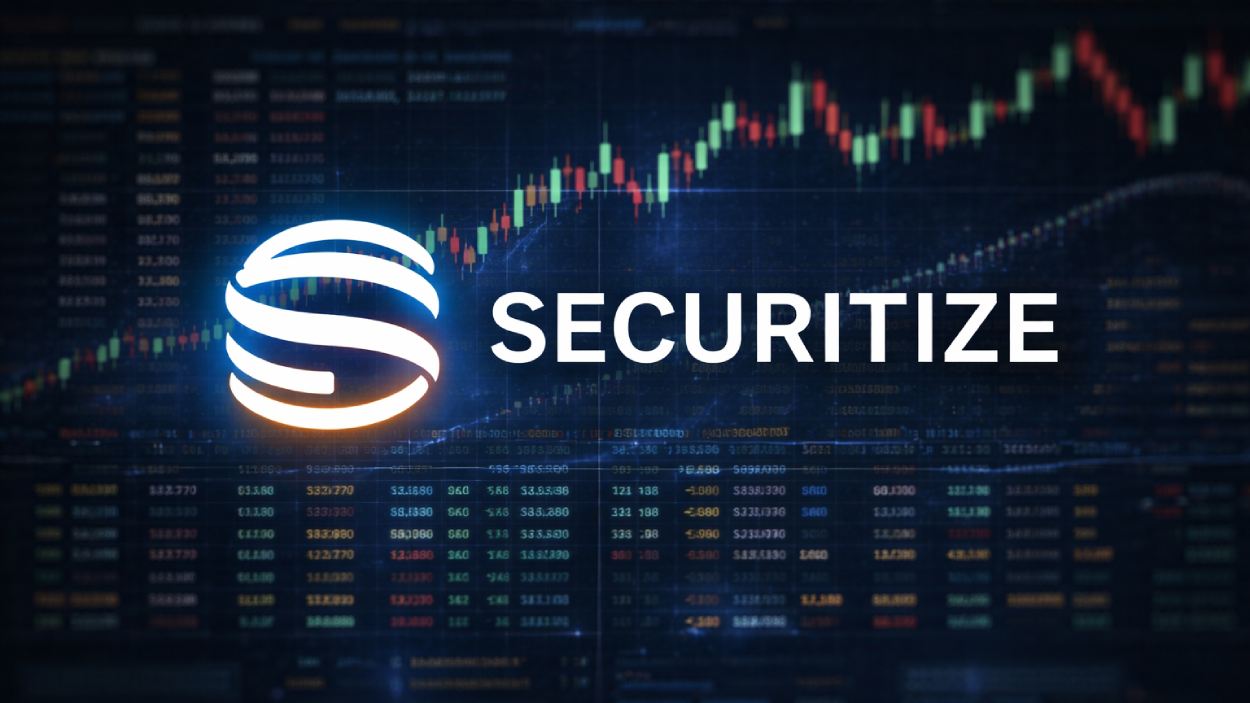Imagine a world where energy flows seamlessly between producers and consumers without the need for middlemen or traditional utilities. That’s the promise of blockchain in energy trading, a transformative approach that’s gaining momentum as the world strives for greener, more decentralized energy solutions. Blockchain, renowned for its transparency, security, and decentralized nature, has been making waves beyond cryptocurrency, finding applications in industries like energy.
This technology is reshaping how energy is produced, traded, and consumed globally. From individuals trading solar power to corporations optimizing energy costs, blockchain is becoming an essential tool in the energy sector, aiming to make it more efficient, sustainable, and accessible.
Editor’s Choice: Key Milestones
- 2025: The global blockchain in energy market reached an estimated $4.4 billion, driven by increasing decentralization and renewable adoption.
- The blockchain in the energy market is projected to grow at a CAGR of around 41.3% between 2020 and 2025, driven by operational efficiency and transparency improvements.
- Smart contracts are increasingly used in energy trading to automate billing, settlements, and compliance.
- P2P energy trading market is approaching $170 million globally, supported by over 300 pilot and commercial projects.
- Major corporations such as Shell, IBM, and Power Ledger are expanding blockchain-based automated trading systems.
- Renewable energy providers are realizing notable cost reductions through blockchain by automating transactions and eliminating intermediaries.
- Blockchain-backed renewable energy certificates and guarantees of origin are gaining momentum as tools for transparent energy sourcing.
Adoption Rates and Geographic Distribution
- The U.S. accounted for a significant portion of blockchain energy trials, with around 35–40% of initiatives concentrated in states like California and Texas.
- Germany and the Netherlands maintain a combined 28% share of Europe’s blockchain energy trading activity.
- China and Japan account for approximately 60% of Asia’s blockchain energy investments, focusing on renewables and grid efficiency.
- The UAE is targeting 20% blockchain integration in energy trading by 2025 as the Middle East grows into a regional innovation hub.
- Over 300 peer-to-peer energy trading projects are active globally, with a strong presence in North America, Europe, and the Asia-Pacific.
- Latin America, led by Brazil, saw 15% growth in blockchain energy initiatives as decentralized trading expands across the region.
- Kenya and South Africa are piloting blockchain energy trading platforms to improve rural energy access and grid transparency.

Objectives of the Study
- The 2025 market size of blockchain in energy trading is estimated at $3.1 billion, with projected growth through 2034 at a 41.6 % CAGR.
- Key drivers and barriers shaping adoption include renewable integration, digitization, smart meters, regulatory uncertainty, and decentralization.
- Geographic adoption is strongest in North America, Europe, and Asia‑Pacific, where block‑based energy trading and smart grids are most advanced.
- Leading platforms and technologies include Power Ledger, LO3 Energy, Siemens, Shell, Energy Web Foundation, and others deploying P2P, smart grid, and certificate systems.
- Regulatory developments such as government grants, carbon tracking pilots, and utility‑backed REC schemes are accelerating adoption globally.
- Blockchain is improving sustainability and transparency by reducing transaction costs (up to 30 %) and enabling efficient grid management via smart contracts.
- Collaborative efforts and integrations among tech, energy firms, and utilities are speeding blockchain deployment in energy markets.
Segmental Analysis
- The commercial sector drives roughly 45 % of the blockchain in the energy market in 2025, powered by operational efficiency and cost optimization.
- Residential applications surged by 20 % in 2025 as households increasingly engaged in peer‑to‑peer energy trading.
- Industrial adoption is expanding with a projected 28 % CAGR by 2030 as high‑energy industries deploy blockchain for tracking renewable usage.
- Utilities now account for around 35 % of blockchain in the energy market share in 2025, focusing on distributed energy resource management and smarter grids.
- Blockchain‑enabled renewable energy certification, such as RECs, is climbing, aligned with market growth, where the global REC market hit $28 billion in 2025.
- More than 70 % of blockchain‑energy investments in 2025 flow into smart contract development, enabling secure automated transactions.
- Blockchain carbon credit systems are seeing 25–30% annual growth as companies seek secure and traceable emissions tracking platforms.
Blockchain in the Energy Market Highlights
- By 2034, the market is forecasted to surge to $90.8 billion, reflecting massive growth potential.
- The sector is projected to expand at a remarkable CAGR of 41.6% between 2025 and 2034.
- North America accounted for over 15.5% of the market share in 2024, positioning it as a key regional player.
- The public sector segment is expected to exceed $43 billion by 2034, underscoring rising government adoption.
- The power segment dominated 2024 with a 68.6% market share, highlighting its central role in blockchain energy integration.

Energy Trading Volume via Blockchain Platforms
- Blockchain-enabled energy trading reached approximately $1 billion globally in 2025 as P2P and decentralized trading expand.
- The total blockchain-enabled energy traded globally exceeds 10 TWh annually, with ongoing growth expected, though 25 TWh by 2025 may be an optimistic estimate.
- The P2P trading segment is set to comprise nearly 50% of blockchain-based energy trades in 2025 due to community-level adoption.
- Wholesale blockchain energy trading is growing rapidly with a 35% CAGR projected through 2030, driven by cost reduction and transparency gains.
- Over 300 energy exchanges worldwide are integrating or exploring blockchain technology for smart grids and automated billing.
- While a growing number of blockchain energy platforms are experimenting with DAO models, concrete adoption rates remain unclear.
- Smart contracts are estimated to cut transaction costs by 20% by 2025, automating verification and settlement processes.
Leading Blockchain Energy Trading Platforms
- Power Ledger processes over 10 TWh of energy trades annually, serving multiple countries.
- WePower enables tokenization of green energy output, facilitating around $50 million in transactions.
- LO3 Energy supports community-level trading via blockchain-enabled microgrids like Brooklyn’s project.
- Energy Web Foundation backs 80+ energy companies with its open-source blockchain platform for decentralized solutions.
- SunContract connects thousands of European households through direct peer-to-peer energy trading.
- Grid+ manages energy distribution in Texas, facilitating approximately 1.2 TWh of annual transactions.
- Electron empowers utilities in the UK to scale flexibility markets and optimize grid operations using blockchain.
Key Players and Processes in Energy Trading
- Company A and Company B act as the main participants exchanging energy or commodities.
- Brokers facilitate deals between trading parties, ensuring smooth market operations.
- Exchanges provide a secure platform for executing and recording trades.
- Logistics providers handle the transport and delivery of energy products.
- Banks play a central role in payments, settlements, and financing.
- Regulators oversee compliance and ensure fair trading practices.
- Price reporters supply crucial market data and transparency for all participants.
Core Processes
- Price discovery ensures fair valuation of energy assets.
- Trade execution and entry record, and process market transactions.
- Logistics and confirmation verify and manage the delivery of traded goods.
- Margining secures financial exposure during trades.
- Know-Your-Customer (KYC) enforces identity and compliance checks.
- Reconciliation aligns transaction records across parties.
- Settlements finalize payment obligations between companies.
- Reporting provides accountability and transparency for regulators and stakeholders.

List of Key Industrial Players in Blockchain in the Energy Market
- IBM provides tailored blockchain solutions for energy traceability and efficiency to utility companies worldwide, contributing to the estimated $4.8 billion global blockchain energy and power market in 2025.
- Siemens enhances transparency and reliability in grid and renewable energy initiatives through blockchain, helping drive the ~42% CAGR in the energy-and-power blockchain market.
- Shell advances renewable energy certification and carbon trading via blockchain as the industry scales toward $4.8 billion in 2025.
- Acciona Energy in Spain leads blockchain-backed green energy certification, supporting interoperability across Europe’s growing blockchain energy ecosystem.
- Schneider Electric integrates blockchain in its smart grid offerings to enable P2P energy trades, aligning with the sector’s expansion to $4.8 billion in 2025.
- Engie employs blockchain for managing renewable energy sources and emissions tracking, contributing to the rapid growth in blockchain-powered energy systems.
- TEPCO uses blockchain to underpin decentralized energy systems in Japan, reflecting the broader move toward transparent energy markets in 2025.
Use Cases in Energy Trading
- Peer-to-peer energy trading enables households to trade excess solar power, with the residential blockchain energy market growing by 40% in 2025.
- Renewable energy certification tracking through blockchain ensures transparent verification of clean energy consumption across global markets.
- Carbon credit trading is increasingly blockchain-based, supporting real-time tracking and improved compliance in carbon markets.
- Microgrids are managed using blockchain, enabling localized energy distribution and greater independence from national grids.
- Smart grids use blockchain to manage distributed energy resources and reduce operational costs through automated data verification.
- Automated billing systems powered by blockchain reduce transaction time and cost, supporting a growing ecosystem valued at $4.4 billion in 2025.
- EV charging networks utilize blockchain to process secure, real-time payments between vehicles and charging stations.
Blockchain Applications in the Energy Market
- Energy Trading and Peer-to-Peer (P2P) Transactions lead the sector with 35.1% share, highlighting the growing adoption of decentralized energy exchanges.
- Grid Management and Optimization accounts for 20.0%, showcasing blockchain’s role in balancing energy supply and demand.
- Supply Chain Management takes 25.0%, reflecting its importance in tracking renewable energy certificates and logistics.
- Billing and Settlement represents 12.0%, streamlining transactions and reducing administrative costs.
- Asset Financing and Tokenization make up 7.9%, enabling innovative funding models for renewable energy projects.

Driving Factors
- Growing demand for renewable energy supports blockchain adoption by offering transparent ways to verify renewables and track carbon credits, with renewables set to supply 35 % of global electricity by 2025.
- Decentralization of energy markets enables prosumers to directly trade energy via blockchain, bypassing traditional intermediaries and boosting peer‑to‑peer participation.
- Blockchain can reduce energy transaction costs by 20–30% by streamlining settlement, reducing errors, and eliminating intermediaries.
- Data security and transparency improve with blockchain’s immutable ledgers, reducing fraud and enhancing trust in recorded energy trades.
- Smart contracts, used in over 70 % of energy blockchain projects, automate trades under predefined conditions, driving efficiency and reliability.
- Climate initiatives are increasingly leveraging blockchain for accurate carbon emissions tracking and to support clean energy goals.
- Rising investments in blockchain for energy technologies fuel growth; the global blockchain energy market is forecast at $4.4 billion in 2025, reflecting strong industry confidence.
Restraining Factors
- High initial setup costs deter many energy firms, with around 45 % citing expense as a barrier in 2025.
- Scalability challenges persist with transaction times and costs rising under heavy blockchain loads.
- Regulatory uncertainty around blockchain in energy continues to slow adoption in many regions.
- Energy consumption of proof‑of‑work blockchains remains a concern even in a sustainability‑focused sector.
- Interoperability issues complicate integration with existing energy infrastructure and systems.
- A shortage of skilled blockchain professionals hampers deployment, with about 60 % of firms reporting workforce challenges in 2025.
- Resistance to change among traditional energy firms slows integration due to reliance on established systems.
Technological Innovations and Integrations
- Energy trading platforms like Xpansiv and WePower are experimenting with AI-blockchain integration to predict demand patterns and optimize peer-to-peer energy trading.
- IoT-Enabled Smart Grids: IoT devices connected to blockchain networks monitor energy flow and ensure real-time data collection, making grids more efficient and responsive.
- Hybrid Blockchain Models: Companies are adopting hybrid blockchain models that combine public and private blockchains, balancing transparency with data privacy.
- Energy Tokenization: Tokenizing energy units is becoming a trend, allowing for easy trading and tracking of energy consumption, especially for green energy.
- Edge Computing in Blockchain: Edge computing reduces latency by processing data near the source, benefiting blockchain energy applications by making transactions faster and more efficient.
- Digital Identity Solutions: Blockchain platforms in energy trading now use digital identities for better security and compliance, reducing risks of unauthorized access.
- Distributed Energy Resource Management Systems (DERMS): Blockchain is used to manage DERMS, enabling smoother integration of renewable energy sources like solar and wind into the main grid.
Challenges and Barriers to Adoption
- Scalability issues continue in 2025 with public blockchain networks facing transaction bottlenecks that limit real-time trading.
- Data privacy concerns remain high as 45% of energy firms express hesitation about exposing usage data on transparent ledgers.
- Integration with legacy systems adds complexity and cost, delaying blockchain deployment across traditional utility networks.
- Energy consumption from proof-of-work chains remains a drawback despite a market shift toward low-energy alternatives like proof-of-stake.
- Limited interoperability standards across platforms prevent seamless blockchain adoption and hinder sector-wide collaboration.
- Public perception challenges persist, with 30% of consumers still associating blockchain mainly with volatile cryptocurrencies.
- Cybersecurity risks remain relevant in 2025 as digital energy platforms face increasing threats from data breaches and hacking.
Industry‑wide Efforts and Collaborations
- The Energy Web Foundation now works with over 100 organizations worldwide to build open‑source blockchain tools for energy markets.
- Power Ledger extended its blockchain energy trading reach in collaboration with Japan’s KEPCO, setting a global benchmark for utility-led projects.
- The IEA created a task force in 2025 to explore blockchain’s role in accelerating sustainable energy systems.
- Siemens and IBM are co-developing blockchain initiatives to boost transparency and efficiency in decentralized energy distribution.
- Shell and BP initiated a blockchain consortium focused on standardizing carbon credit and renewable energy certification processes.
- The Blockchain in Energy Consortium (BEC) unites stakeholders from more than 25 countries to drive R&D and regulatory support for energy blockchain technologies.
- Acciona and Iberdrola launched a collaboration in Spain around 2025 to verify green energy origins using blockchain, aiding the country’s renewable energy goals.
Recent Developments
- In 2025, the Shell and BP blockchain consortium continues advancing renewable energy certification and carbon credit trading standards globally.
- In 2024, Power Ledger expanded in the U.S., enabling energy firms to facilitate peer-to-peer trading and blockchain-backed energy certificates.
- China launched pilot blockchain programs in five cities to boost green energy certification and traceability in 2025.
- Japan introduced enhanced regulatory support in 2025 to promote blockchain-driven billing automation and decentralized energy compliance.
- In Australia, over 50 communities adopted blockchain-enabled P2P energy trading by 2025, helping reduce reliance on centralized grids.
- The Energy Web Foundation partnered with global tech firms in 2025 to develop a standardized blockchain platform that accelerates international energy market integration.
- Germany launched the government-funded Blockchain Energy Initiative in 2025 to advance blockchain use in renewable energy verification.
Conclusion
Blockchain technology is carving out a vital role in the evolution of the energy industry. With its ability to improve transparency, reduce costs, and facilitate decentralized trading, blockchain aligns seamlessly with the sector’s shift toward sustainability and efficiency. As regulatory frameworks continue to develop and industry collaborations flourish, blockchain’s potential to streamline energy markets and contribute to environmental goals becomes clearer. The coming years will likely see blockchain further integrated into energy systems worldwide, empowering consumers and companies to participate in a more transparent, resilient, and sustainable energy future.
Hover or focus to see the definition of the term.


























































